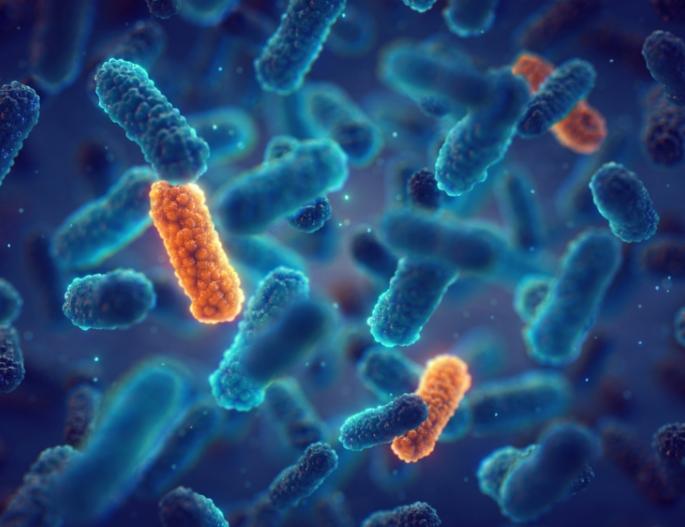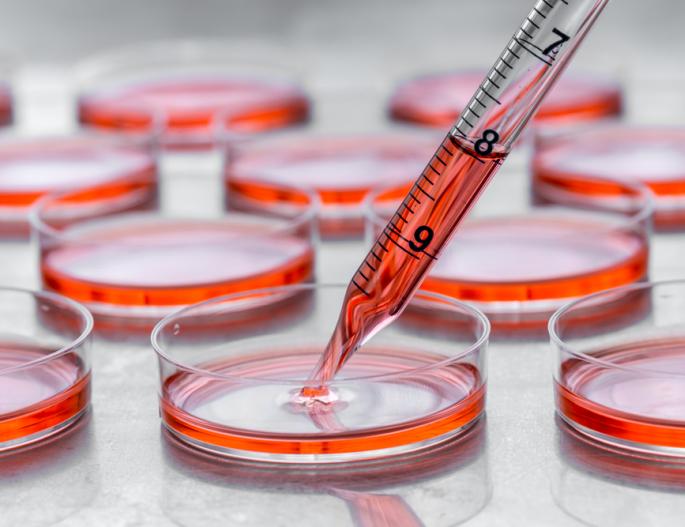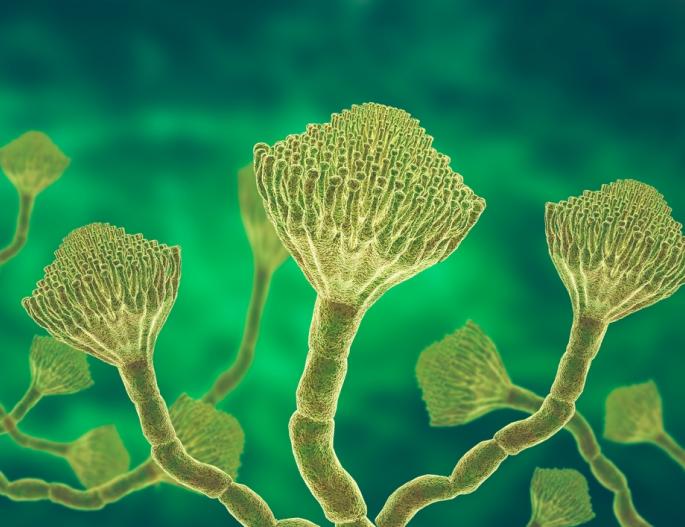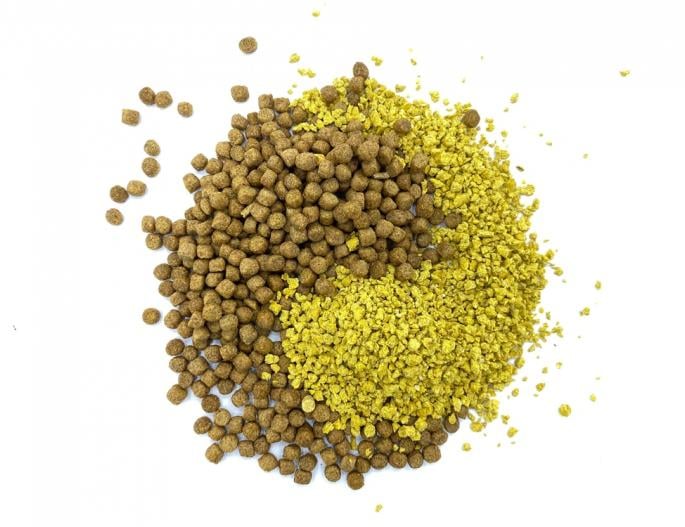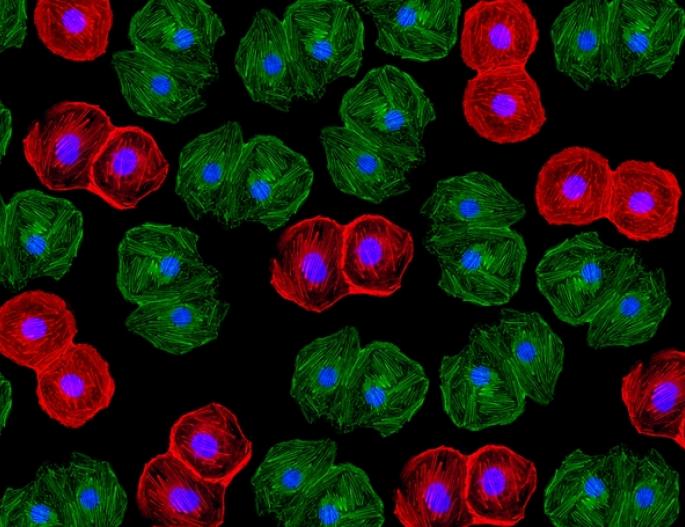Blog
Tunicamycin – A powerfull mixture of homologous nucleoside antibiotics.
Tunicamycin is a natural antibiotic that is produced by several species of Streptomyces, such as Streptomyces clavuligerus and Streptomyces lysosuperificus. It was first discovered in the 1970s after…
Blasticidin-S - The important antibiotic for gene selection.
Blasticidin S-HCL is a significant compound in molecular biology and biotechnology. Its applications in gene selection and cell culture make it a crucial tool for researchers and scientists. This blog delves into the…
Aflatoxins – The most harmful toxins derived from molds
Aflatoxins are naturally occurring secondary metabolite poisonous toxins produced by certain molds, particularly Aspergillus flavus and Aspergillus parasiticus. Aflatoxin was discovered in England…
Ochratoxin A – A Mycotoxin Found in Food and Beyond
Ochratoxin A (OTA) is a mycotoxin produced by several species of Aspergillus and Penicillium fungi and is considered the most toxic of all the other ochratoxins. It is a secondary metabolite that…
7-Aminoactinomycin D (7-AAD): A Vital Tool in Cell Viability Assays
In the realm of cellular biology, accurate assessment of cell viability is crucial for numerous applications, ranging from basic research to clinical diagnostics. One of the key reagents employed in these assessments…


